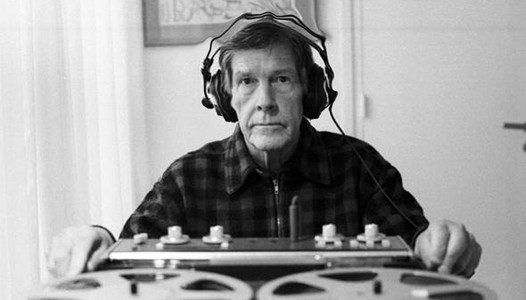Media affordances; the term affordance was first used in 1977 by Psychologist JJ Gibson. “When applied in media production context it refers to the specific and unique attributes (or functions) that a medium may have.” That’s what the first part of this week’s lecture and readings focused on, sound in relation to media affordances. I’m one of those people who like to write down the definition where ever I can so that I know I’ll be able to remember it and what it means for future reference.
Example 1: Listening vs Hearing
‘A distinctive attitude or approach that can be brought to bear on a listening experience’.
Hearing – is perceiving sound innately
Listening – is actively/consciously choosing to interpret something, it requires concentration.
So this week’s lectorial delved deep into what sound what the components that made it up as well as how we interpret and process it (to hear it to experience air pressure changing). There were new terms I learnt that I hadn’t really come across very regularly such as ‘Psychoacoustics’ (a complex interaction of psychics, physiology, sensation, perception and cognition).
John Cage (1912-1992)
“American composer, music theorist, writer, and artist. A pioneer of indeterminacy in music, electroacoustic music, and non-standard use of musical instruments.” And that’s just a starting quote to lift us off. So why Cage was mentioned in the lectorial is due to his piece 4’33”.
This is a composition that was created in 1952 and is it the absence of deliberate sound, the idea is to be present in fact musicians state it is not four minutes and thirty three seconds of silence but rather focusing in on atmos in the environment heard by the audience during the performance. The piece was seen as controversial as it challenged the boarders of art and performance.

